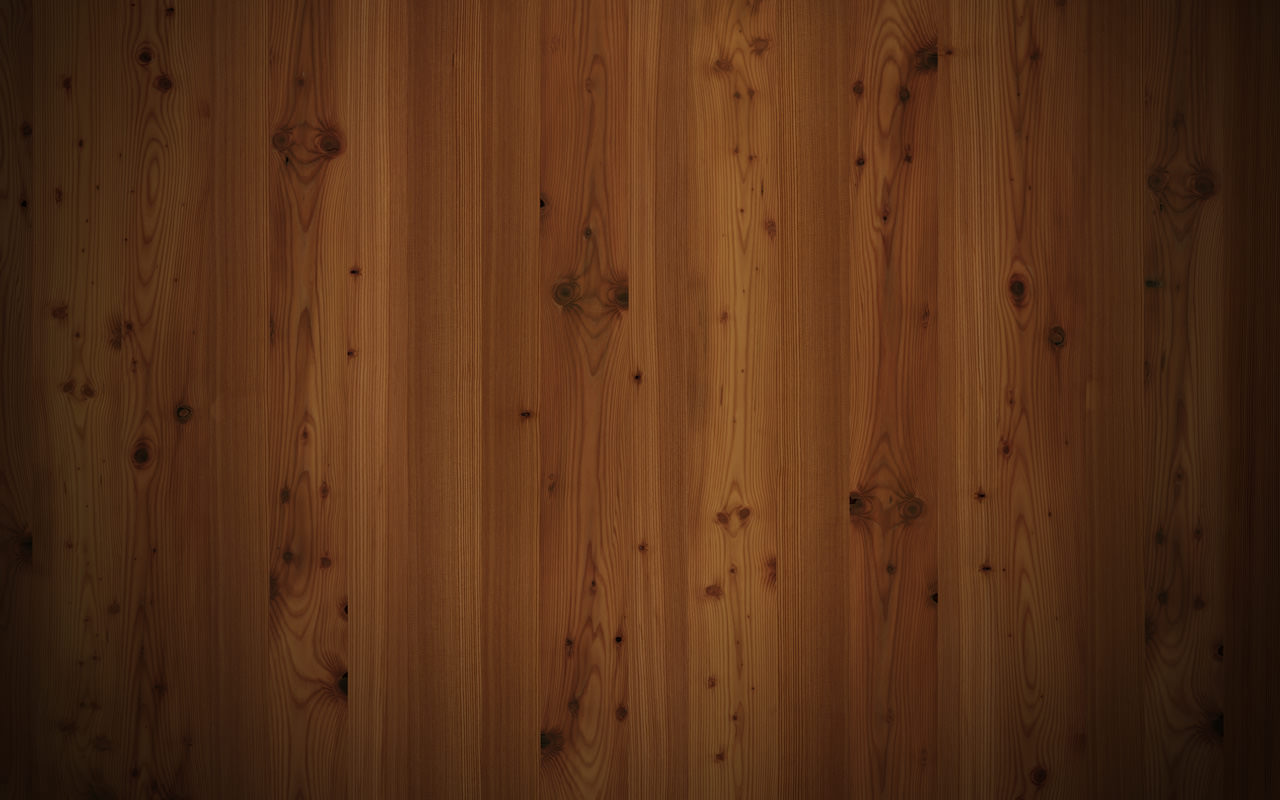
 www.entnet.org
www.entnet.org
37
y
y
Wound VAC (vacuum-assisted closure) dressings may be applied to
water-tight wounds of the face, head, or neck that are not suitable for
primary closure to facilitate wound contracture and enhanced closure
by secondary-intent healing.
2. Avoiding Additional Incisions
Avoid additional incisions until a clear plan for later stages of reconstruc-
tion is developed. It is better to line the wounds with saline-dampened
gauze changed twice daily and to delay closure for up to 72 hours while
a definitive plan is made, rather than to make releasing incisions for local
flaps that limit subsequent reconstructive options.
3. Reconstructing the Facial Framework Early
Scar contracture, which begins as early as 72 hours after injury, can
make definitive soft tissue repair more challenging. According to Futran,
enough underlying bone reconstruction should be performed to prevent
contracture of the facial soft tissues.
y
y
Temporary bone grafting may be performed in areas with unsatisfac-
tory soft tissue coverage for interim stenting of the surrounding soft
tissues.
y
y
Locking reconstruction plate fixation of segmental mandibular defects
may be performed until definitive bone reconstruction can be
accomplished.
y
y
Flap coverage may be required.
C. Laceration Care after Repair
y
y
Keep laceration covered with petroleum jelly.
y
y
Remove sutures in 3–5 days.
y
y
Support skin edges with Steri-Strips™ for 2 weeks.
y
y
Keep abraded lacerations covered with petroleum jelly for 2 weeks.
y
y
Revise in 6–9 months.
D. Bite Wounds
According to Akhtar et al., although bite wounds are likely to be
contaminated, primary closure is still recommended for these wounds
after thorough irrigation. They suggest that the result will be no worse if
an attempt at closure is made, even if the wound eventually becomes
infected, when compared with leaving the wound open to heal by
second intention.
Broad-spectrum antibiotic administration is warranted and should be
directed at a polymicrobial spectrum, including alpha-hemolytic
streptococci,
Staphylococcus aureus
, and anaerobes.










